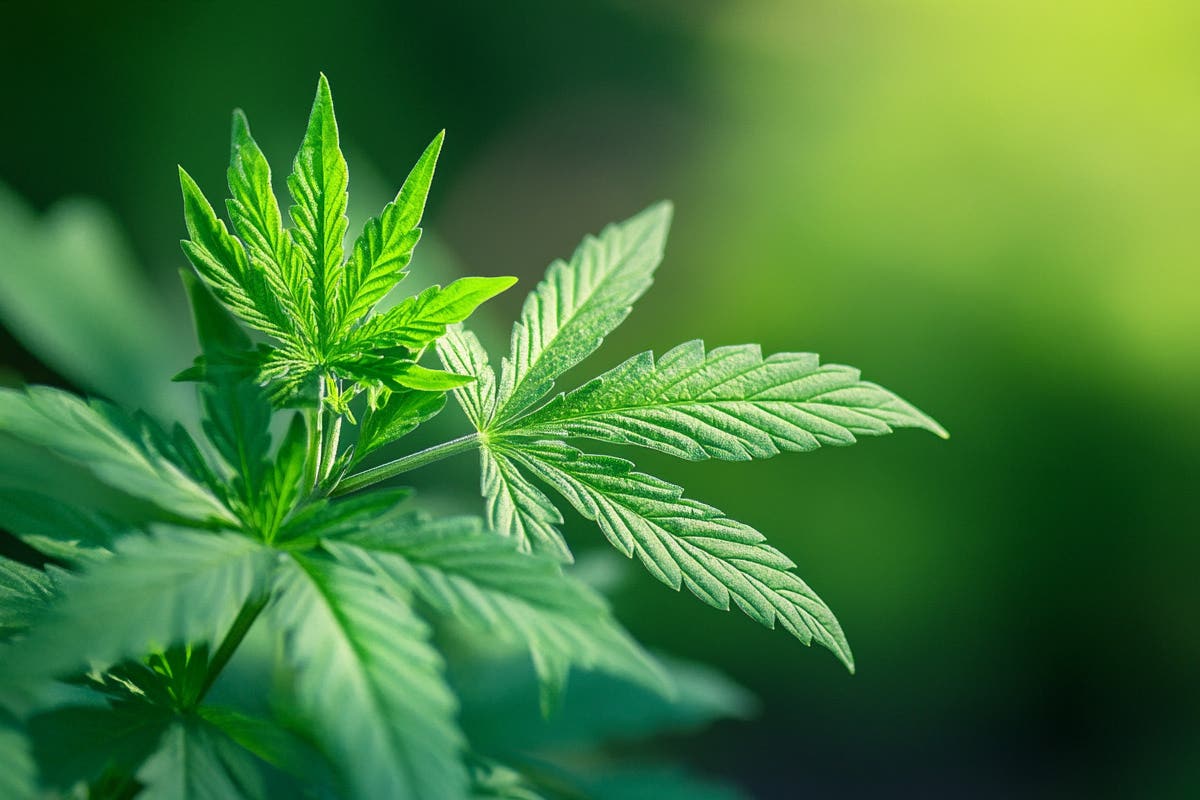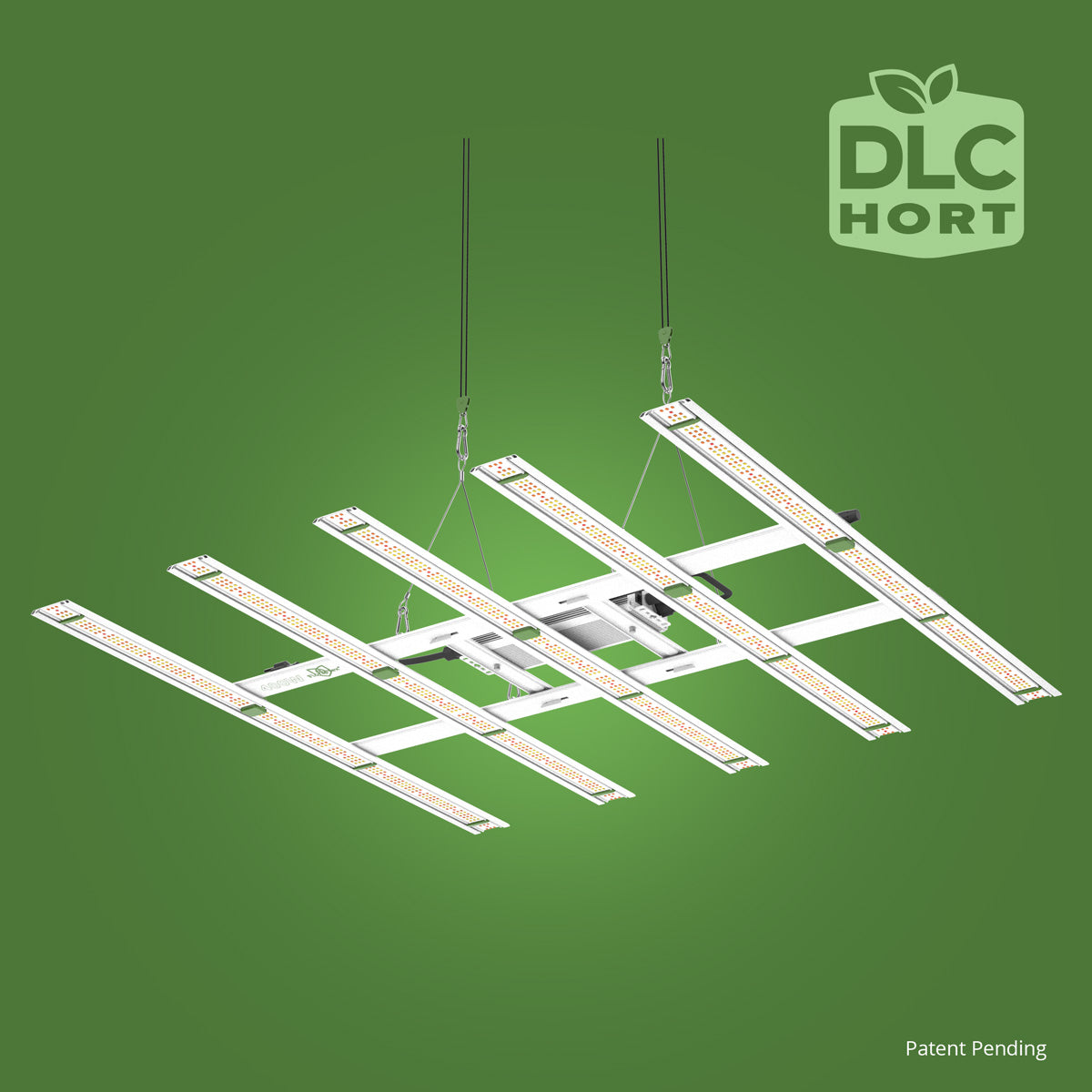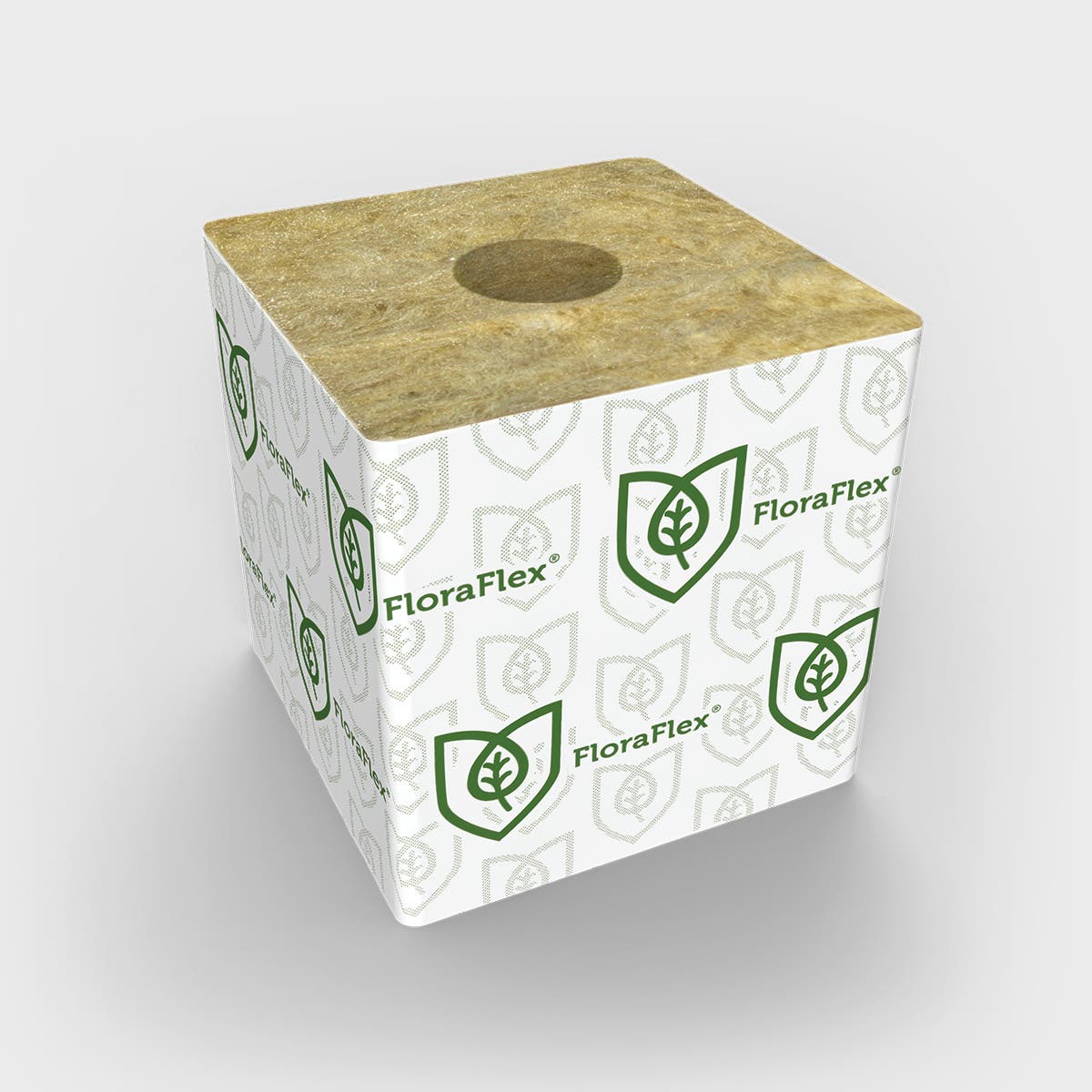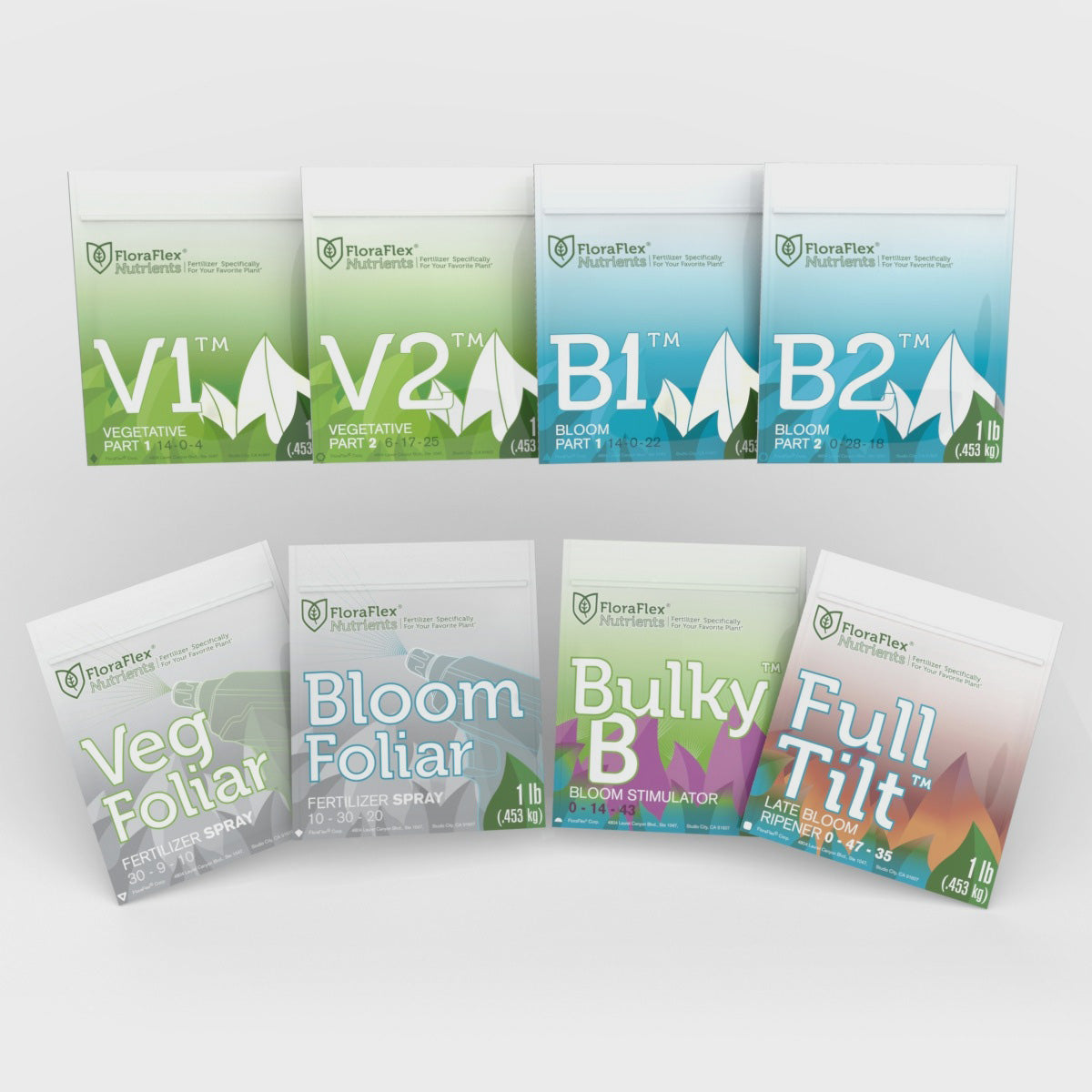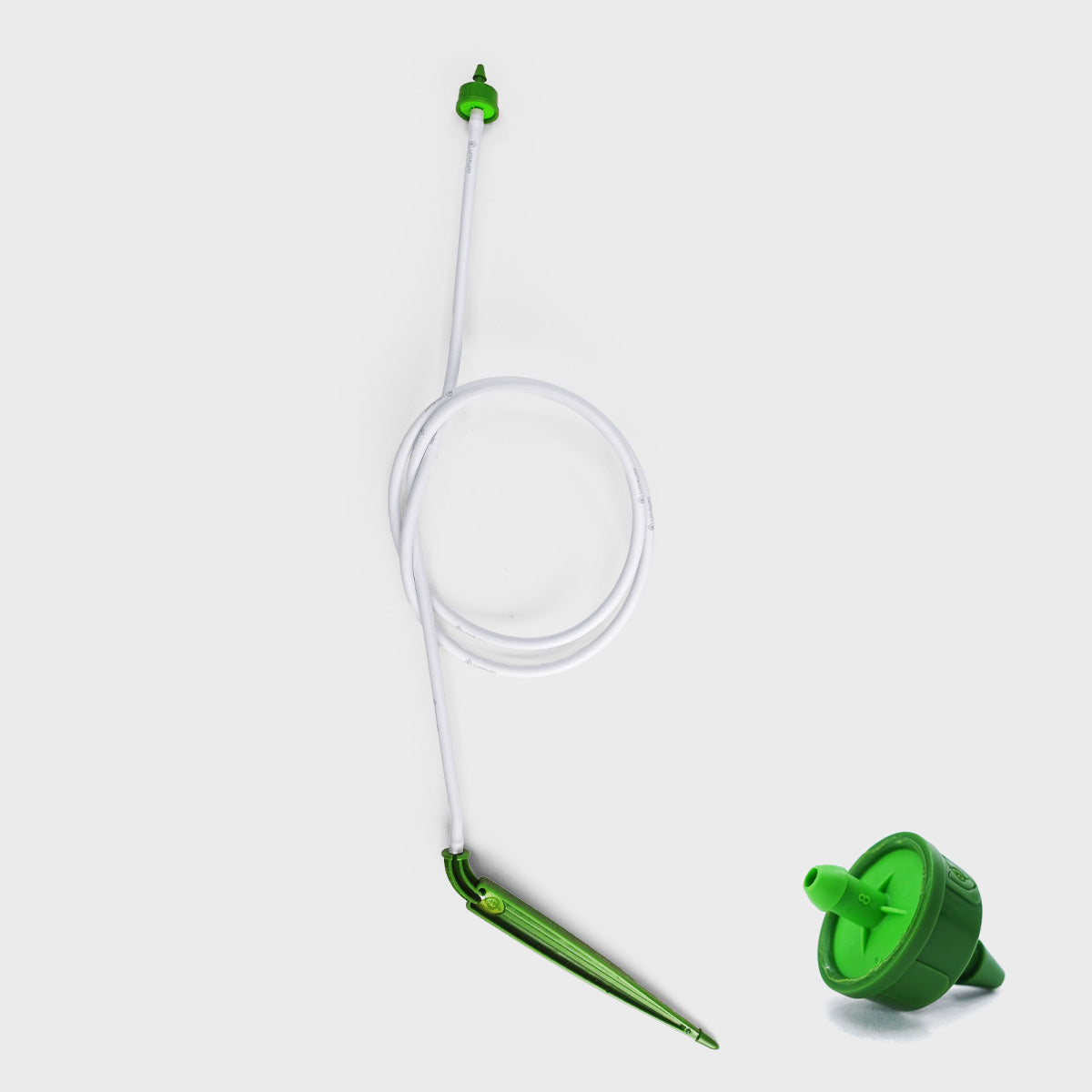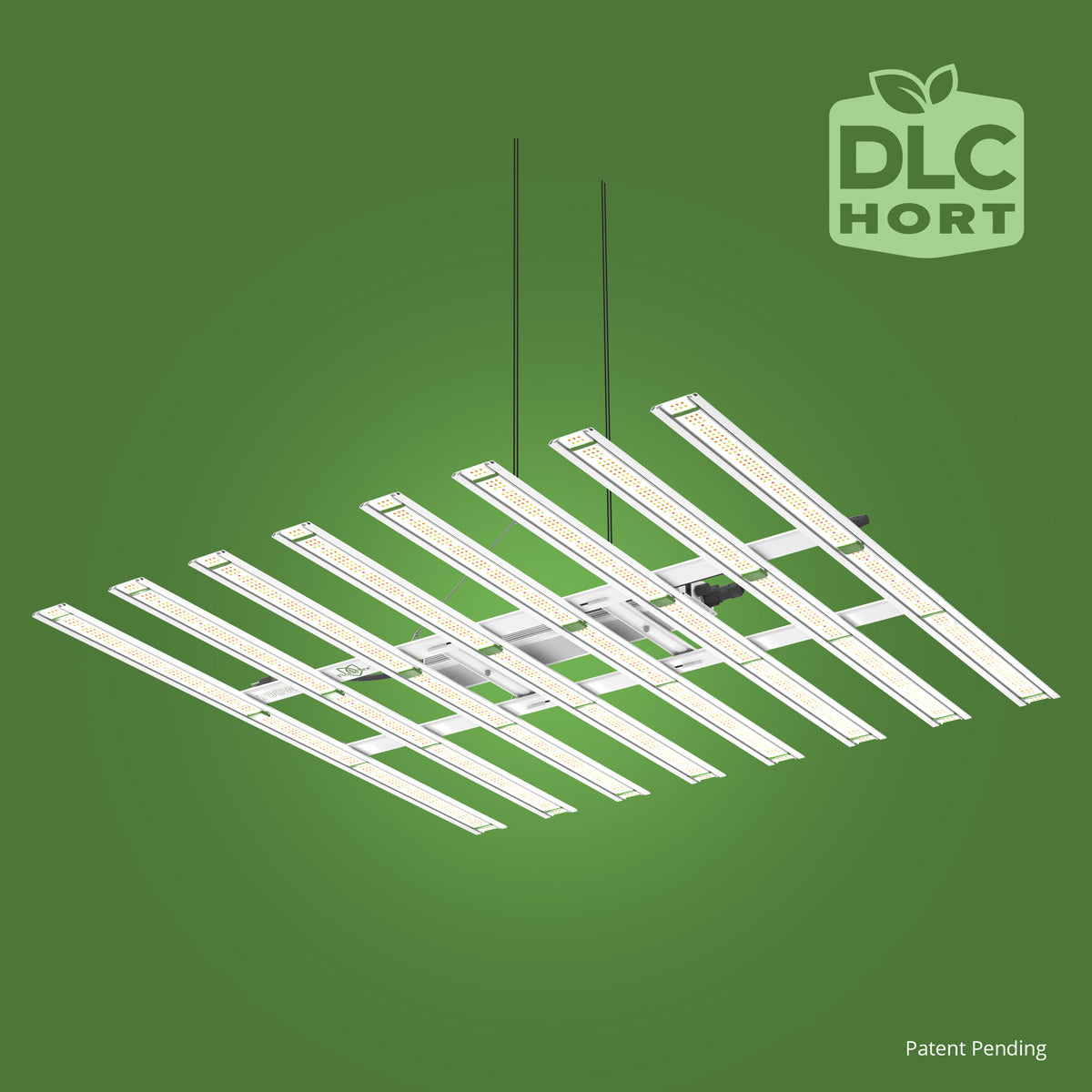Importance of Pruning and Training
-
Yield Optimization: Pruning and training techniques help distribute energy and resources efficiently, leading to increased bud development and higher yields. By removing excessive foliage and redirecting growth, growers can focus plant energy on producing larger, more potent buds.
-
Airflow and Disease Prevention: Proper pruning and training create open canopy structures that improve airflow within the plant canopy. Enhanced airflow reduces humidity levels, mitigates the risk of mold and mildew, and promotes overall plant health.
-
Light Penetration: Pruning techniques such as removing lower leaves and lateral branches help facilitate better light penetration into the lower canopy. This allows for more efficient light absorption, leading to increased photosynthesis and improved bud development.
-
Space Optimization: Training techniques like low-stress training (LST) and screen of green (ScrOG) maximize space utilization by creating a horizontal canopy. This method ensures that more plants receive direct light, promoting even growth and consistent yields.
Common Pruning Techniques
-
Topping: Topping involves removing the main apical shoot of the plant to encourage lateral growth and the development of multiple main colas. This technique promotes bushier plant structure and increases the number of potential bud sites.
-
FIMing: FIMing is a variation of topping that involves removing a portion of the apical shoot, leaving behind a small cluster of new growth. This technique stimulates lateral branching while maintaining the central cola.
-
Lollipopping: Lollipopping involves removing the lower foliage and small branches to create a "lollipop" shape, with most of the foliage concentrated in the upper canopy. This technique redirects energy to the top colas, improving their size and quality.
-
Defoliation: Defoliation is the selective removal of large fan leaves to improve light penetration and airflow. This technique is often performed during the flowering stage to expose bud sites and enhance overall bud development.
Common Training Techniques
-
Low-Stress Training (LST): LST involves gently bending and tying down the branches to create a more horizontal plant structure. This technique promotes even light distribution, increases bud sites, and facilitates better airflow.
-
Screen of Green (ScrOG): ScrOG involves using a screen or net to create a horizontal canopy. Growers weave the branches through the screen, allowing for better light exposure and more controlled growth. This technique maximizes bud development and canopy uniformity.
-
Mainlining: Mainlining utilizes topping and training techniques to create a symmetrical plant structure with multiple colas. This technique involves topping the plant early and training the resulting branches to create a "manifold" structure.
Timing and Considerations
It is crucial to consider the specific strain, growth stage, and desired plant structure when applying pruning and training techniques. Timing plays a significant role, as certain techniques are best performed during specific growth phases. Additionally, understanding the plant's natural growth pattern and adjusting techniques accordingly can help achieve desired results.
Pruning and training techniques are valuable tools for American cannabis growers to optimize yields, enhance plant health, and maximize space utilization. By employing appropriate pruning techniques and training methods, growers can shape plant growth, improve light penetration, and promote airflow, ultimately leading to healthier plants and higher-quality yields.

